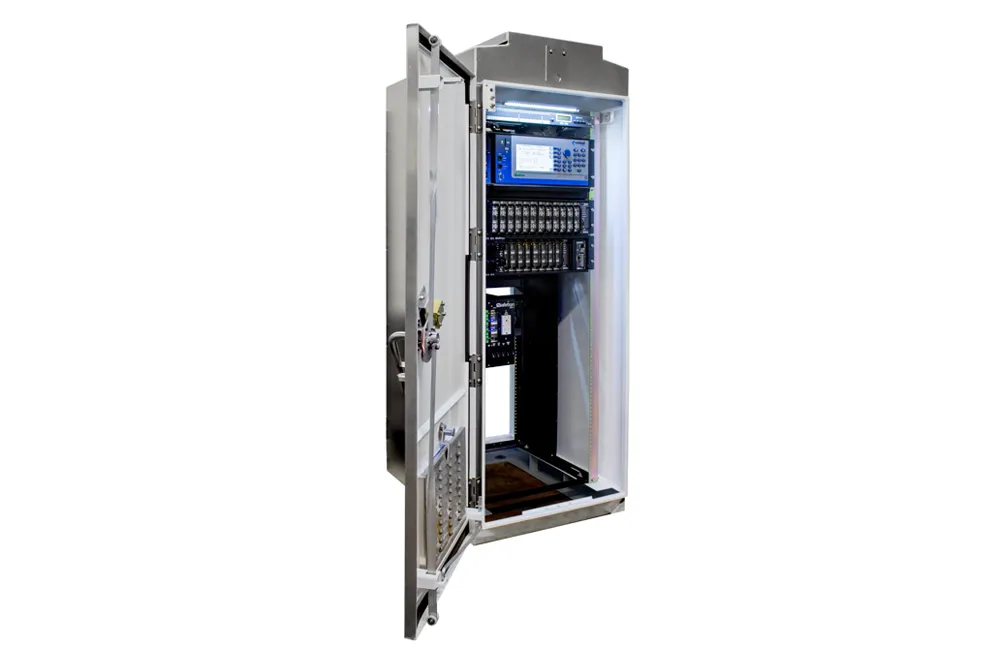AGD Systems comes to Traffex with a range of new developments, such as the new Janus5 MRWL, which can provide information wirelessly up to 550m in urban and inter-urban environments, giving significant advantages over expensive underground ducting. Meanwhile, the AGD307 is a new compact, low-power 24GHz radar family that lends itself to deployment worldwide.
February 2, 2012
Read time: 1 min











